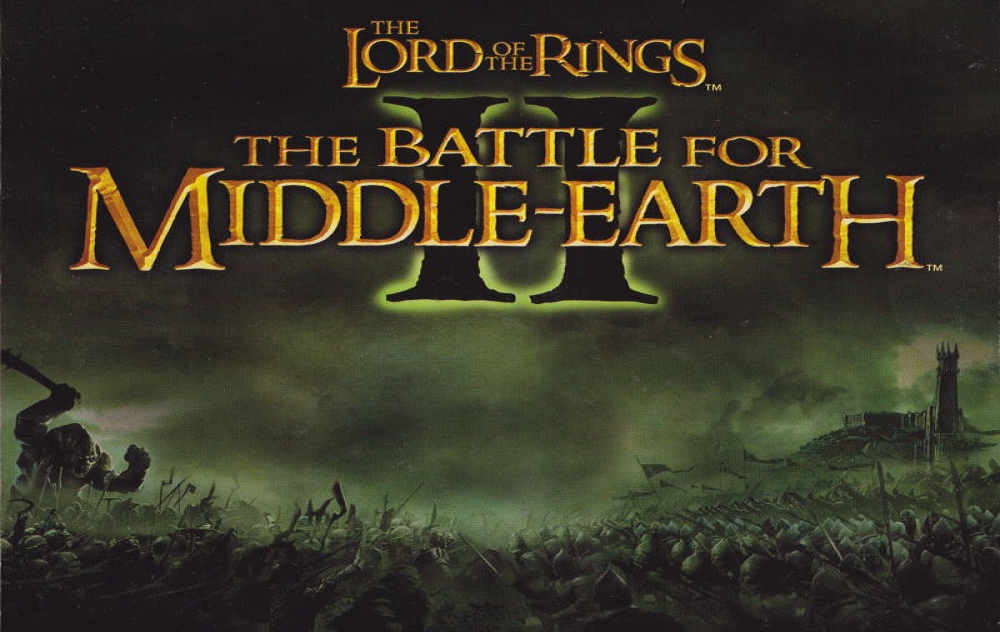
Scope out your opponent's base before attacking with stronger units. Either send in a camo capable unit or a very cheap, weak unit such as Orc Warriers. Finally, destroy the fortress.ĭo not just rush your opponent's territory. Destroy all the structures except for the fortress. Optionally, split your units up and surround the camp. Put the units by the Shipright onto the transports.

Get your units upgraded as much as possible.
Battle for middle earth avatan upgrade#
Then, build units and an upgrade structure. Get Builders to build Wall Hubs where the Cave Trolls lair is found kill it first. Build as many resource collectors as possible.
Battle for middle earth avatan free#
The Convert spell will also work, because they are free men. The towers should kill the enemies before they can do much damage. Have a lot of defensive structures in your base and teleport the opponents to your base. The only way to stop them before they reach their base is to chase them down with a mounted unit, have a created hero teleport into their path, or to summon allies into their path using a power. The easiest way to get the ring is to let an enemy find Gollum then kill them after they obtain the ring. Mordor, Isengard, and Goblins can recruit Sauron. Men, Elves and Dwarves can recruit Galadriel. Take it back to your fortress and have the troop that is carrying the ring enter the fortress in order to recruit a Ring Hero for 9,000 resources.

When you find Gollum, kill him and you will get the ring. This discussion is thus not only about our understanding of and interaction with the moving image, but also points to how we can understand movement and being, and the sum of our sensory experiences in the world of cinema ensconced in light and darkness.Every map in skirmish or multi-player mode has Gollum cloaked on it. In the process, I revisit experiences of seeing light when watching films and consider how mocap and the experience of movement change our engagement with cinema. Due to its thematic treatment of seeing as well as its own application of mocap technology, I also draw on James Cameron’s film Avatar (2009) as an illustration for this thesis on mocap and seeing/being. Using this critical distinction between movement and object, the author argues that the experience of mocap changes the nature of the image so that it involves, or is, a specific sense of being, rather than seeing. Motion capture records imagery consisting of data of a profilmic object’s positional change in space, rather than data of the object itself.

This article proposes that motion capture (mocap) animation relates movement to cinema in a unique way, in that rather than being a quality of the profilmic, in mocap animation movement is itself directly the profilmic. It ultimately aims to evaluate the extents in which music’s contribution toward creating a sense of place not only influences the construction of the worlds themselves, but how it is capable in altering the way audiences perceive them as credible entities as a whole. It offers three hermeneutical levels of analysis which provide different insights into how the composers musically construct a sense of place: through establishing spatial identities, through music’s relation to the narrative, and from a more conceptual viewpoint relating to power struggles in the real world. This thesis is an exploration into how composers James Horner and Howard Shore use music to help build conceptualisations of place in their two fantasy film series’, Avatar and the Lord of the Rings trilogy. It is the specific combination of these elements chosen by filmmakers which determines whether audiences are able to become immersed into the world by perceiving it as a real and coherent entity. Abstract notions of colour, dimensionality, light and sound contrast more complex cinematic concepts such as narrative, character roles, credibility and geography. The credibility of such worlds depends on the extent to which the film’s creators wish to stray from the concept of reality. Alternative worlds in classical Hollywood cinema are built from a variety of cinematic constructions.


 0 kommentar(er)
0 kommentar(er)
